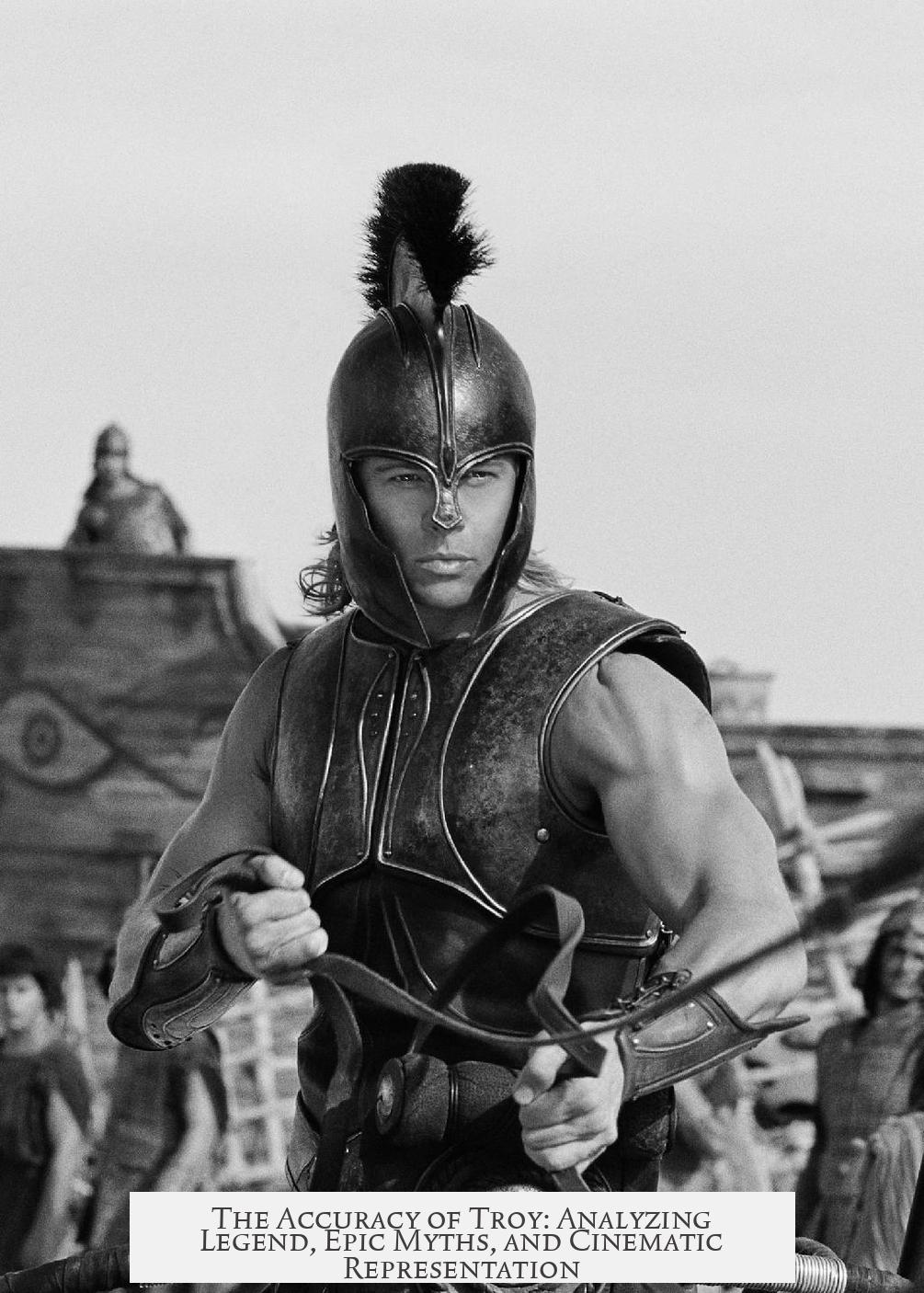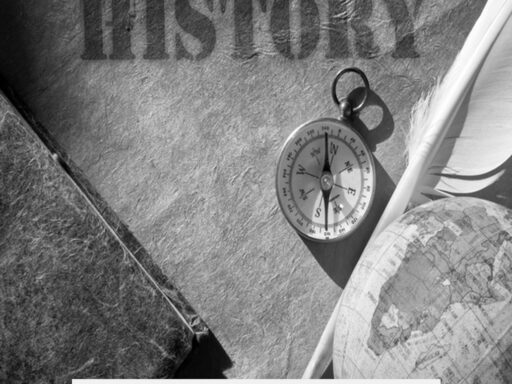The accuracy of the movie Troy depends on the reference point chosen: whether it is the 12th century BC historical context of the ancient town of Troy or the literary depiction of the Trojan War in Homer’s epic poems, the Iliad and Odyssey.
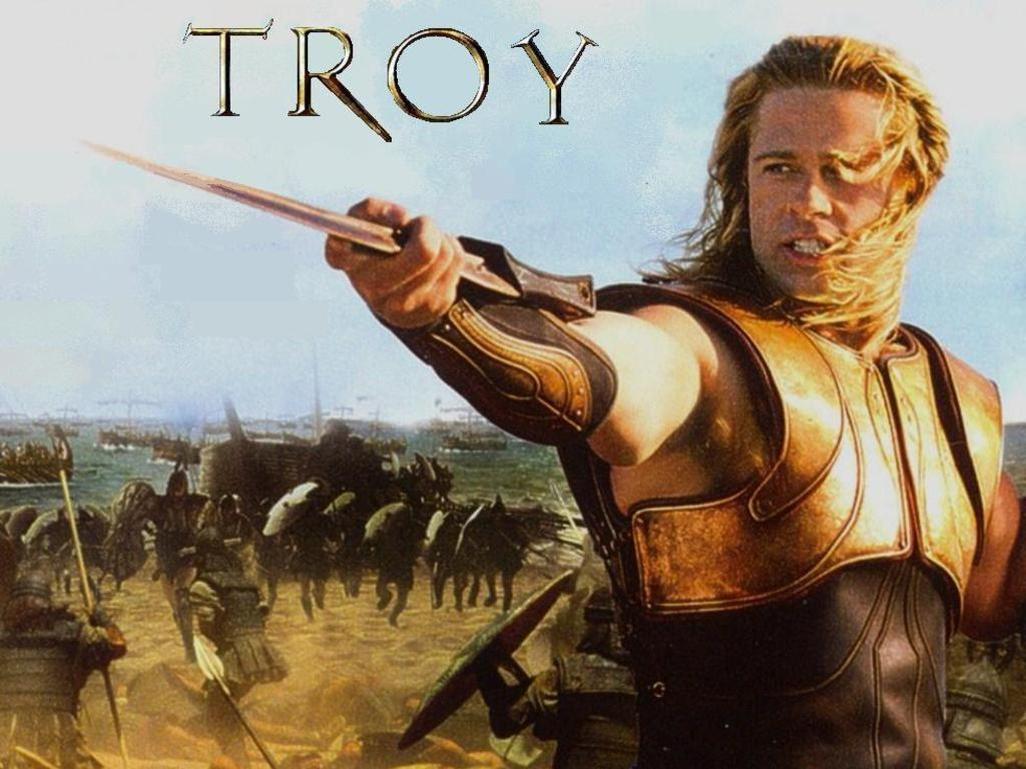
Troy, the term, can refer to three main things:
- The ancient city of Troy and its 12th century BC conflict with the Achaians, documented in Hittite sources.
- The Trojan War as narrated in the Iliad and Odyssey, composed possibly as early as 8th century BC but likely written down by the 6th century BC.
- The extended Trojan War Cycle and later ancient Greek interpretations attempting to historicize the war.
The key issue in judging the movie’s accuracy is the conflicting standards between historical archaeology and literary tradition. The poems reflect the Early Archaic Greece period (800–650 BC), not the Late Mycenaean period (1300–1100 BC) in which the war likely took place.

If measured against the archaeological 12th century BC context, the movie shows many inaccuracies. For instance, warriors use iron weapons, which Greeks did not have until centuries later. Typical Mycenaean helmets and shields are absent. Coins appear in funeral scenes despite not being invented for another 600 years. Cavalry use is shown, including horseback riding with stirrups, which were unknown at the time. Warfare then relied on chariots rather than mounted horses.
| Inaccuracy | Movie portrayal | Historical reality (12th century BC) |
|---|---|---|
| Weapons | Iron swords and spears | Bronze weapons only |
| Helmets/Shields | Non-Mycenaean equipment | Mycenaean helmets, large bronze shields |
| Funeral Coins | Coins placed on dead’s eyes | Coins invented 600 years later |
| Horse Usage | Mounted cavalry with stirrups | Chariot warfare, no stirrups |
| Geography | Sun rises over sea (filming location) | Sun rises from land over site of Troy |
There are also inaccuracies regarding plot and character relationships. Helen, for example, is portrayed differently; historically and in the Iliad, she was the child of Sparta’s king and queen and chose Menelaus. The movie changes relationships such as Achilles dressing as a woman to avoid battle, while Patroclus was actually depicted as Achilles’ lover, not cousin. Key character fates and sequences differ from Homer’s text.
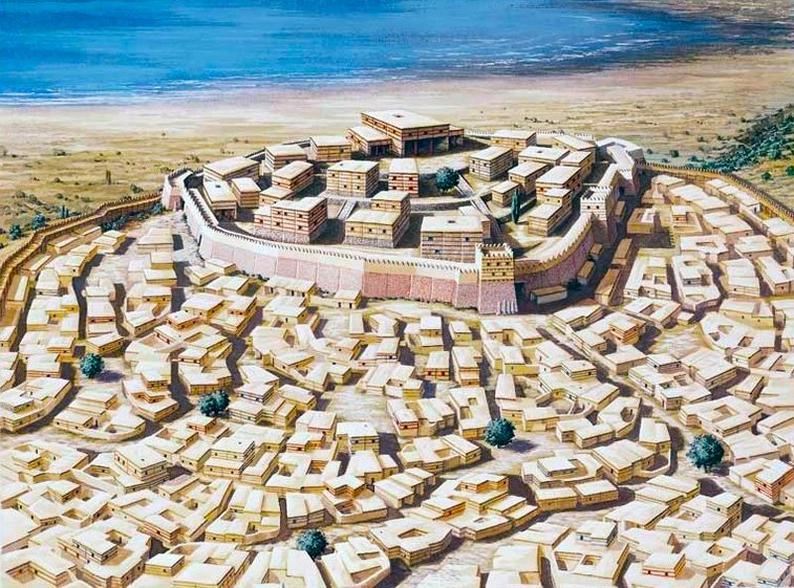
If accuracy is considered relative to Homer’s poem rather than archaeological facts, the depiction improves. Many weapons and armor resemble descriptions consistent with the archaic period from which the epics derive. Iron was standard in Homer’s era, and mounted infantry appeared in warfare. The film correctly includes chariots and large funeral pyres.
Combat in the movie closely follows Homer’s style. Battles show large groups clashing, but the story highlights individual heroes endowed with almost supernatural strength. Victory often hinges on these heroes’ actions. The social dynamics between the Trojan and Greek heroes reflect the honor codes and mutual respect seen in Homer’s narratives.
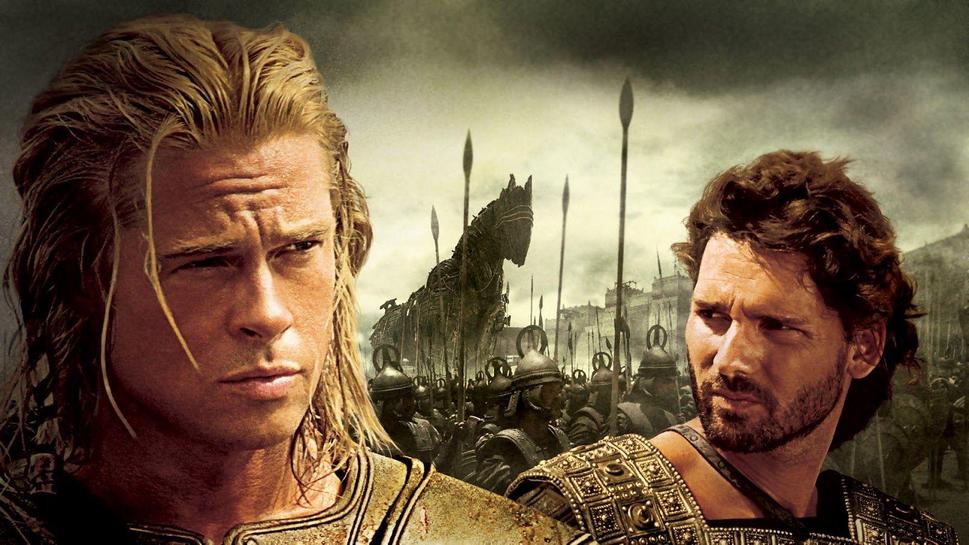
Notably, Troy omits the gods’ direct involvement, a vital aspect in the epics. Divine interventions and influences fall away, a significant departure. Several characters’ personal stories were simplified or changed but retained their Homeric traits, except for Agamemnon and Menelaus, who become more villainous than Homer portrayed. The film does incorporate exact lines from the Iliad, which is appreciated by literary purists.
Assessing the movie’s accuracy requires recognizing the complexity of representing a story that exists between myth, oral tradition, and historical events. Simple judgments of “accurate” or “inaccurate” overlook the nuances involved in retelling a legendary war heavily mythologized and adapted through centuries.
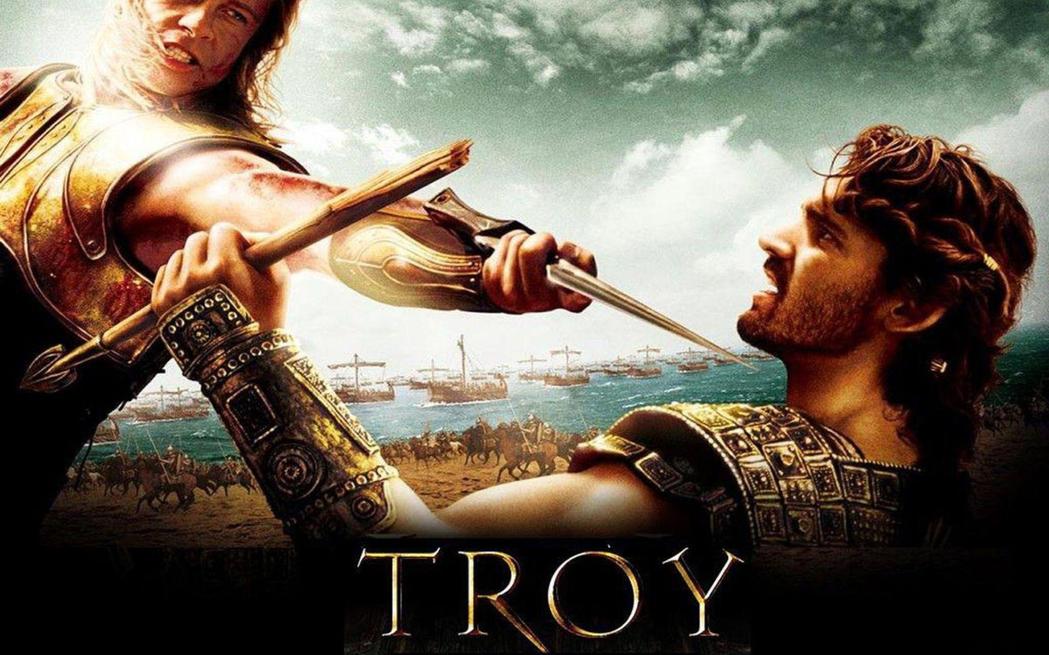
- Troy’s historicity can be viewed from archaeological evidence or epic poetry; each yields different accuracy standards.
- The film struggles with archaeological accuracy, showing anachronistic weapons, equipment, and customs.
- Compared to Homer, the film’s depiction of combat, heroism, and funeral rites align well with epic traditions.
- Some character backstories and key events deviate from the Iliad’s accounts.
- The omission of gods removes a central narrative layer from the epic source.
- Understanding any work of art about Troy requires awareness of how legend, literature, and history overlap and diverge.
The Accuracy of Troy: Separating Legend, Epic, and Hollywood
Is the movie Troy accurate? The short answer is: it depends on what you mean by accuracy. Are you asking about the real 12th century BC city of Troy, the war itself, or the famous epic poems that inspired the film? Each story layer tells a different version, and our expectations shape how we judge the film’s truthfulness.
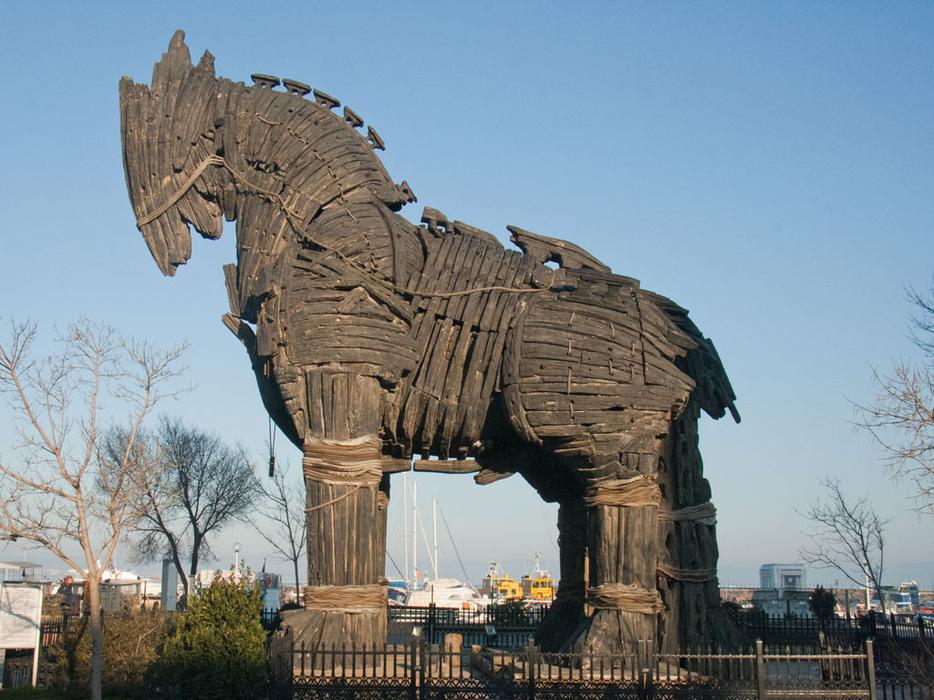
The word “Troy” today means at least three different things. First, there’s the archaeological site where an ancient city stood, likely the source of the Trojan War legend. Second, there’s the story of the Trojan War as told by Homer in the Iliad and Odyssey — epic poems from around 800 to 600 BC. Third, there’s the extended Trojan War Cycle and later Greek myths expanding on the war, developed over centuries after the fact. This jumble of sources creates a fascinating challenge when judging the movie’s accuracy.
The Problem of Conflicting Standards
Here’s the core dilemma: the epic poems Homer composed portray a glamorized version of early archaic Greece (circa 800–650 BC). Meanwhile, the actual Trojan War, if it happened, likely took place around 1300–1100 BC during late Mycenaean Greece. That’s about half a millennium difference! So, should we hold the movie to the historical facts of 12th century BCE archaeology, or to the epic’s depiction, which was the primary source for the filmmakers?
If you want the movie to reflect accurate Mycenaean-era warfare, you’ll spot many errors quickly. Plenty of details are out of place. For example, many warriors sport iron weapons—the Greeks didn’t use iron until centuries later. Helmets and shields don’t match Mycenaean styles. Coins make a cameo, but they weren’t invented for another 600 years. Horseback cavalry appear on horseback with stirrups, which hadn’t been invented yet. The battlefield looks more like Homer’s archaic Greece than the real Late Bronze Age.
Accuracy When Viewing Through Homer’s Lens
But if you judge Troy by its faithfulness to the Iliad and Odyssey, the picture changes. The armor and weapons in the movie mirror what the epic poems describe—or at least what archaeologists believe Homer could have imagined based on 8th century BCE culture. Iron weapons were standard then. Mounted infantry scenes match surviving depictions. Chariots enter the action exactly as in the poems. Coins remain an anachronism, but the ritual of building giant funeral pyres is spot on.
The film also captures the spirit of Homeric combat. Large armies do clash, but the spotlight shines on larger-than-life heroes with near-supernatural abilities. Battles turn on individual acts of bravery or rage. The combatants share social codes, formal duels, and moments of respect despite being enemies. It reflects Homer’s humanized battlefields more than gritty realism.
Spotting Historical and Cinematic Slip-Ups
Still, the movie isn’t perfect. Several glaring inaccuracies jump out if you know the history and the texts.
- At the real Troy site today, the sun rises from the land and sets over water. In the movie, this flips because they filmed it elsewhere.
- The funeral scene where coins are placed on the dead’s eyes clashes with the fact that coins appeared long after the Trojan War era.
- Horseback riding with stirrups is shown, but stirrups appeared centuries later. Warfare back then relied on chariots—not cavalry charges.
- Character portrayals sometimes diverge sharply. Helen was originally a Spartan princess willing to wed Menelaus. Achilles dressing as a woman to dodge battle? Not exactly Homer’s take. Patroclus wasn’t just a cousin; many scholars assert he was Achilles’ lover. Hector didn’t kill Menelaus, and several deaths happen out of Homeric order.
These inconsistencies show the filmmakers prioritized drama over strict adherence to either archaeological facts or Homeric narrative.
Why Does This Matter?
You might wonder if such historical nitpicking really affects the movie’s value. Isn’t it just entertainment after all? Well, accuracy matters for many viewers who crave a connection to the rich tapestry of myths and history. Too much liberty can dilute what makes the story iconic and meaningful. On the other hand, strict realism risks losing the larger-than-life grandeur that defines the Trojan saga.
Think about it this way: Troy wants to transport you into a world where legend breathes alive, heroes clash in epic combat, and gods once meddled in mortal affairs. By stripping the gods out, and adjusting characters’ motivations and relationships, the film gives a modern retelling that feels plausible but loads the dice in favor of storytelling clarity and blockbuster appeal.
Lessons from Troy’s Accuracy Debate
So, what can viewers learn from this tangled web of truths and myths?
- Historical accuracy depends on context. Know what version of Troy you want: the archaeological site, Homer’s epics, or a modern retelling. Each has different ‘facts.’
- Expect compromises. Films must condense, dramatize, and adapt for their audience. They rarely match pure historical or literary sources.
- Use inaccuracies as conversation starters. Wonder why coins appear centuries too early? That invites you to explore how ancient cultures evolved over time.
- Appreciate the blend of myth and history. Troy’s story is one of humanity’s greatest narratives, combining real ancient conflicts with poetic imagination.
Among movie fans and scholars alike, the debate about Troy’s accuracy highlights how complex it is to bring ancient stories to life. The challenge of fidelity to deep history, epic legend, and cinematic storytelling often collide.
The Final Word: Is Troy Accurate?
It’s accurate if you accept it as a vibrant adaptation of Homer’s poetic world rather than a strict documentary of 12th century BC events. The film vividly illustrates heroic deeds, social codes, and many Homeric details—even direct quotes from the texts. But if you want a time machine to Mycenaean Greece, it falls short.
Ask yourself: What kind of accuracy do you value most? Historical precision? Epic lyricism? A thrilling story? Your answer shapes how you judge the movie Troy.
In the end, craftsmanship, storytelling, and respect for source material matter more than flawless fact-checking. The essence of Troy—the war, the heroes, the tragedy—remains deeply alive in its ever-changing forms. Isn’t that what legends are for?

